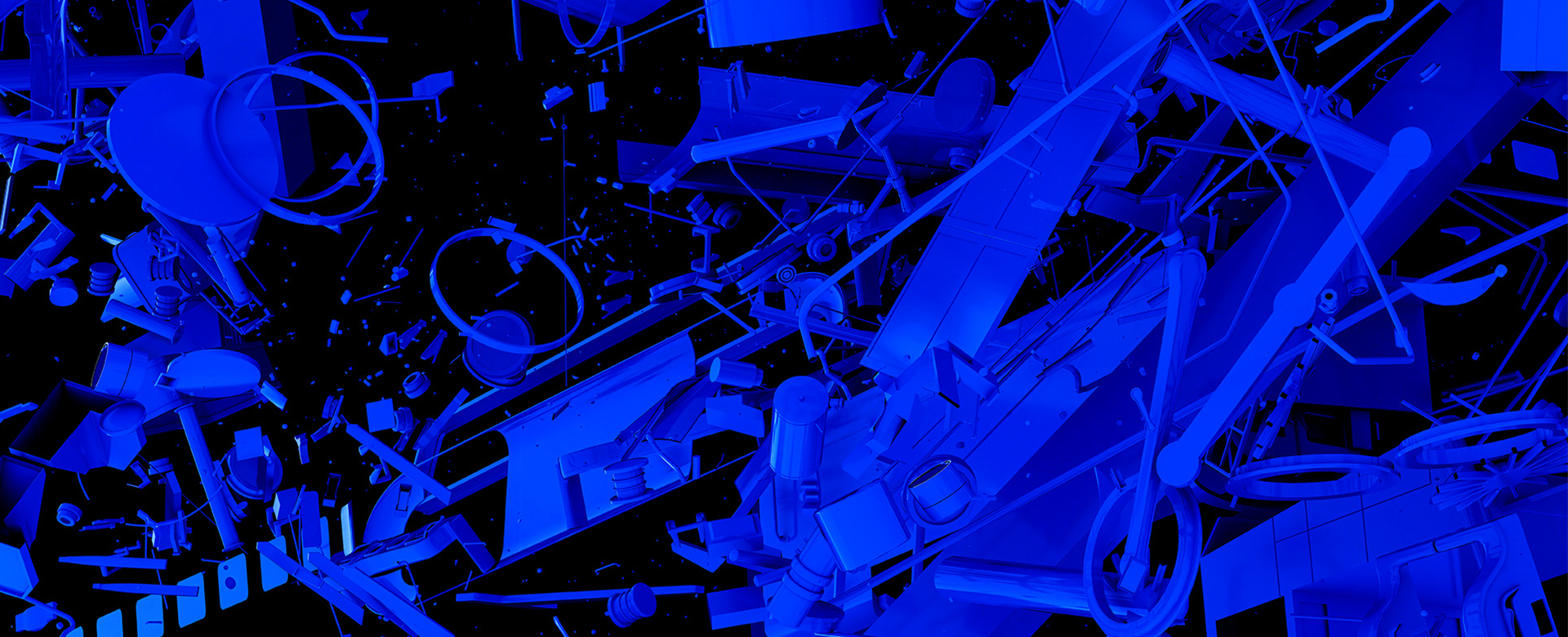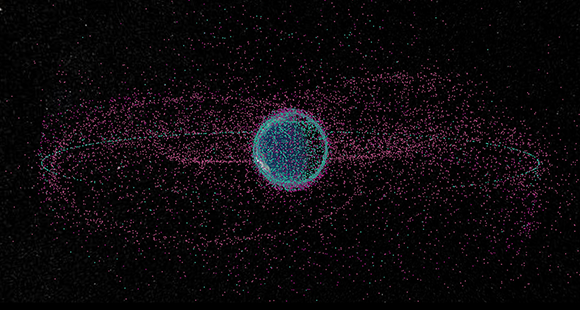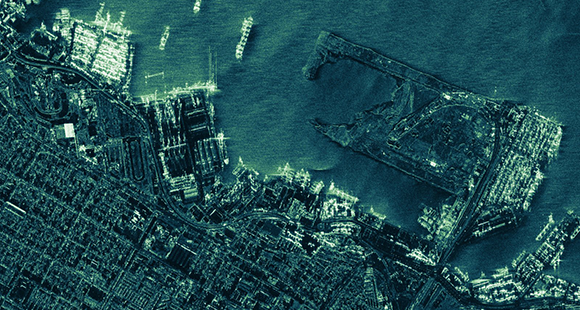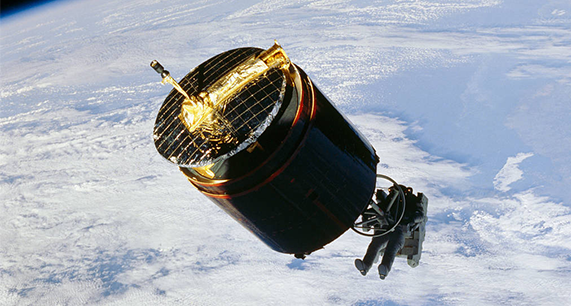When we launched our purpose statement we got something wrong. Well, not wrong, exactly. But certainly worthy of further clarification.
Because while ‘Sharing risk for a braver world’ is accurate - when you’re the market leader for space insurance, ‘world’ could seem a bit limiting. In reality, space is an extension of our home environment; a shared resource that is in need of care and protection.
We rely on a safe and sustainable space domain to more deeply understand our planet, for faster and more reliable communications, and to power the entire global financial system.
But the space-Earth ecosystem and economy is under threat. Accumulation of debris like this could lead to a critical mass where collisions between objects become inevitable and constant making some orbits completely unusable:

How Lloyd’s can help make space operations safer and more sustainable
More and more people are calling for greater protection of space as a fragile ecosystem that is vital to our economy, wellbeing and future.
The Lloyd’s market can help:
- Insurance protects new investments and unlocks the finance needed to develop and pursue opportunities in this new sector
- We’re already home to risk solutions for world-first initiatives to tackle the problem of space debris
- Our Lloyd’s Lab innovation incubator is also helping to catalyse and accelerate space sustainability, with alumnae shaping technology to track objects in space and using space-based radar to monitor and mitigate against the impacts of climate change.
Space sustainability standards
On 6th October 2022, Lloyd's announced it will collaborate with the Lloyd’s Market Association (LMA), UK Government and leading industry experts on the development of the world's first space sustainability standards.
Space sustainability stories
Privateer: Mapping our crowded skies
Astroscale: Mission to clean up space
ICEYE: Visualising the Impacts of climate change
Space rescue mission: Lloyd’s space salvage first

Related information
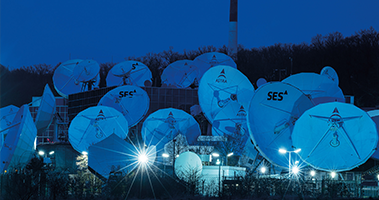
Space insurance at Lloyd's
Since the first space satellite insurance was placed with Lloyd’s in 1965, Lloyd’s has been an enabler and accelerator of the orbital economy.
Learn more about how we help manage and mitigate space risks.
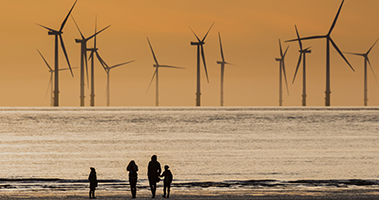
Lloyd's ESG approach
Insurance has always had a clear social purpose: by pooling our risk with others, we help protect the misfortunes of the few. Learn about the action Lloyd’s is taking today to build a more resilient, sustainable and inclusive market and society.

'Crowded Space' school competition
Hear how school children from our community programs are imagining creative solutions to the space debris dilemma – from lasers to robots.

A more sustainable race for space
Space debris threatens the communication networks that connect our world, space underwriting expertise and curiosity is playing an important role in finding sustainable solutions for the space economy.
